Madison has not only made a name for itself through its bike wear but also cemented itself as a serious player in the eyewear world, and its Cipher Photochromic glasses are a prime example of what the brand offers. These specs tick all of the boxes expected of the best mountain bike sunglasses, however, sub-par fog resistance holds them back from getting top marks.
- Buyer's Guide to Winter Kit for mountain biking - best kit for the mud and rain
- Koo Demos sunglasses review
- Beginner mountain bike gear - everything you need to know
Madison Cipher Photochromic glasses - Technical details
The Cipher glasses from Madison are built around an interchangeable polycarbonate lens that meets the international eyewear (ISO 12312) standards. This lens is scratch- and impact-resistant while also offering UV-A and UV-B protection. Madison has designed the Cipher to work just as well on the roads as it would on the mountain bike.
That lens is held within a TR-90 plastic frame which is flexible, but it has a memory, so it should return to form after harsh bends. There are non-slip rubber tips on the arms to keep the glasses secure and they come with an adjustable nosepiece.
Included in the asking price is a case and a microfibre pouch and there are plenty of lens options available. The Cipher can be picked up in a three-pack that includes three lenses for different conditions as well as a single lens option that’ll set you back £40. Of course, there’s then the photochromic lensed model that we’ve got here on test. Its lens adapts from cat 1 to 3 depending on how bright it is. All models can accommodate RX inserts (added prescription lenses), too.
As for the weight, the Ciphers tip the scale at 32g, which is on the lighter side of the spectrum.
Madison Cipher Photochromic glasses - Performance
Upon the first try-on of the Madison Cipher, I already had high hopes as the coverage provided seemed spot on. This translated perfectly on the trail as there’s hardly a spot that’s left uncovered by the Cipher’s large single lens. Any areas that were not covered weren't distracting either, thanks to the glasses’ half-frame design. I did, however, find that the nose piece got in the way of my vision initially. This is most likely due to its white colour but after some time on the bike, it became almost unnoticeable.
With its serious coverage, the Cipher’s lens itself is rather good. It doesn’t quite match up to the clarity levels of glasses twice the price but it’s not bad by any means. It’s simply of its price where things aren’t as pin sharp but the clarity that the Cipher does rustle up doesn’t detract from the experience the glasses offer.
The photochromic properties of the lens are fairly impressive. It’s quick to change and adapt to light which comes into its own when moving through open ground and into forest. There is always a tint as the lens changes from cat 1 to 3 but even at its least tinted, vision has remained clear and comfortable.
Thanks to its feathery weight, soft nose piece and super bendy arms, these glasses are mighty comfortable. I’ve been able to ride in them for extended periods with no issues with comfort. They’re stable, too, and I haven’t knocked against the rim of a helmet, which is impressive given their size. That’s when testing with the Troy Lee Designs A3, Troy Lee Designs Flowline SE, Fox Crossframe and Smith Network.
There is one thing that holds the Cipher back though, and that’s its fog resistance. On the gravel bike, or when descending or traversing at speed, fog is kept at bay with ease. As long as there’s a breeze, fog doesn’t creep in but during slower climbs, it’s quick to appear, regardless of the venting that’s been cut into the top of the lens. Part of this is due to how close the glasses sit to your face, so at slow speeds, airflow behind the lens is somewhat restricted. However, if you ride road, or gravel you’ll likely be more than happy with the Cipher's fog clearance capabilities.
This pair of glasses is rather friendly on the wallet and in terms of its performance, it punches well above its weight. The comparatively lower cost does show in its build, though. The frame feels plasticky which generally isn’t an issue but later into the test period, the arms have developed a fairly serious creak when opening or closing them. When worn, this doesn’t affect performance in the slightest.
Madison Cipher Photochromic glasses - Verdict
Where the Cipher makes waves is in its asking price. It might just be the cheapest photochromic pair of specs on the market at £70 and the fact that they perform well too adds to the excellent value they pose.
A pair of specs that comes close in price is the Tifosi Optics Crit Fototec at £80. Similarly to the Cipher, the build quality isn’t market-leading. Still, they don’t quite stack up to Madison’s offering in the coverage department, and during our test, we found that the lens didn’t adapt to light particularly quickly.
The only glasses that beat the Cipher for value is Madison’s own Enigma Photochromic glasses at £60. They get a near-identical list of features, the lens is just not quite as tall and they use a full-frame design.
There are incredibly few glasses on the market that can match the bang for buck that Madison’s Cipher Photochromic glasses provide. For comparatively little money, these glasses pack serious coverage with a lens that changes quickly and is certainly clear enough. Although it struggles with fog at slow speeds, the comfort of the TR-90 frame, as well as the soft rubber nose piece and arms makes for one sorted pair of specs.







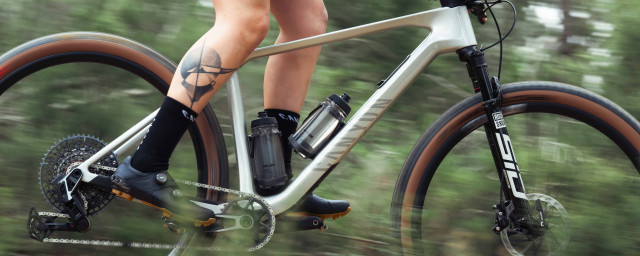

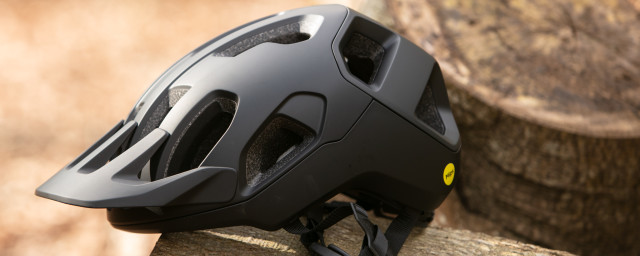

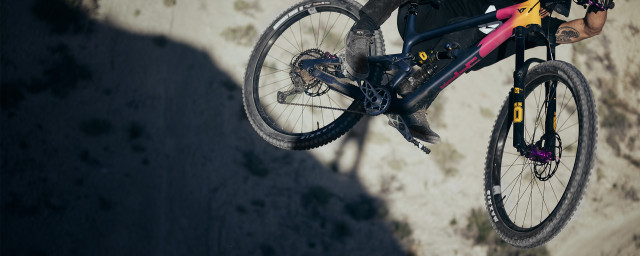
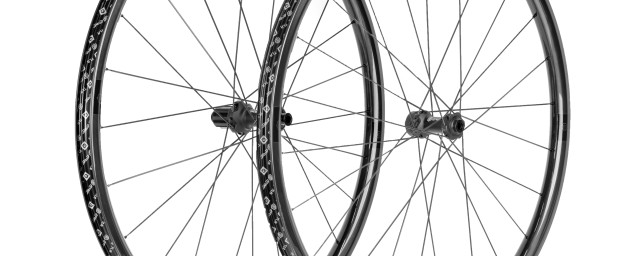

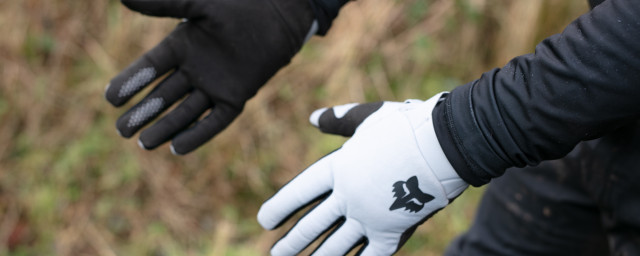
Add comment